Legal professionals face difficulties identifying crucial information from a large volume of pages in medical records. Telegenisys organizes cases for attorneys for claims and personal injury caused due to negligence in care at nursing homes cutting down large amounts of review time.
Some of our clients approached us to improve their reviewer accuracy and time for large Nursing Home Records. This dataset is an answer to that need. Depending on the type of case and detail required, referencing a chronology with this dataset can result in up to 70% savings in time and substantially greater accuracy. Let us show you how.
Institutional long-term care provided at a Nursing Home Facility Services involves a lot of nursing activities that include daily activities, medication administration, wound care, feeding, repositioning, the list goes on. Medical records review from nursing homes is often specific to a particular condition that initiated the nursing home admission or injury.
The MDS 3.0 is a tool initiated to implement standardized assessment and facilitate optimal care management in nursing homes. It is a reliable source that is validated by the government healthcare agencies to enhance care and to improve communication between providers. It is useful not only to the residents but also to care providers, nurses, researchers, advocates, etc.
Harvesting MDS 3.0 Telegenisys has incorporated a unique referencing tool in their data organization software. These MDS dataset references are used to identify all the essential terms for reviewing the care provided.
This image shows infection of an existing wound which was noted first on May 27, 2020, and continued until June 04, 2020. Each entry is a hyperlink to the record which gives the reviewer details of the infectious process. This can be opened using the bookmarks on the left-hand side or use the direct links on the page. There are 14 entries within a short span of 9 days. This record has 3000 pages. Reviewing relevant facts chronologically saves the reviewer time in tracking the course of an illness or injury.
The custom references bookmark is marked as MDS terms and is sorted alphabetically for ease of use. Every hyperlink listed under a heading shows the page where this term was mentioned. This set shows the date first noted to the date of the last available record. For example “Application of dressing to the foot” began May 5, 2020, and extends up to June 11, 2020. The above image gives an idea of the many terms that are identified and bookmarked. These can be added or removed following the reviewers’ request.
You can see the details that are covered to ensure not a single thing is left out. The wound dimensions, pain management, conditions being treated, as well as mood, energy, the shower schedules, feeding, nothing gets overlooked.
Wound dimensions are easily compared at a look. You can note here that although the nursing home admission was in May 2020, there are mentions of the wound existence since December 2019. This is a very long-drawn issue that has caused the continued deterioration of the patient.
The wound # entry shows the development of additional wounds/ulcers after the admission to the nursing home. This image shows the ulcer present almost 6 months before the admission and it has spread progressively over the next seven months. This certainly is a cause of concern to the care provider.
The custom reference shows the progression of each pressure ulcer. One has developed deep tissue injury while the other has slough and eschar. Moreover, it is obvious without even going to the report document that both pressure ulcers are unstageable and have developed after admission.
Nursing Home Reference Dataset 1.1 (Based on Minimum Data Set 3.0 standards) for matrix referencing medical records improves comprehension and speed of medical reviews. These highlight care provided during the stay. These terms were developed keeping in mind the specific requirements requested by the reviewer. They did not need certain terms but wanted more details of others. This image shows details about catheterizations showing the likely kidney disorder and the need to monitor the inflow and outflow volumes.
This image shows extensive screening and therapy the patient underwent during the hospital stay. You can also assess dehydration and skin frailty by the continual skin examination concerning color, integrity, temperature, and turgor.
This client has likely undergone extensive physical therapy judging by the number of activity assessments and evaluations of ambulation and balance for fall risk. Every image tells a story that leads to an educated fact-based opinion.
Details about the Nursing Home Data Set are available here
If you work with large medical records let us show you how medical data organization can save you time while improving the quality of your work.

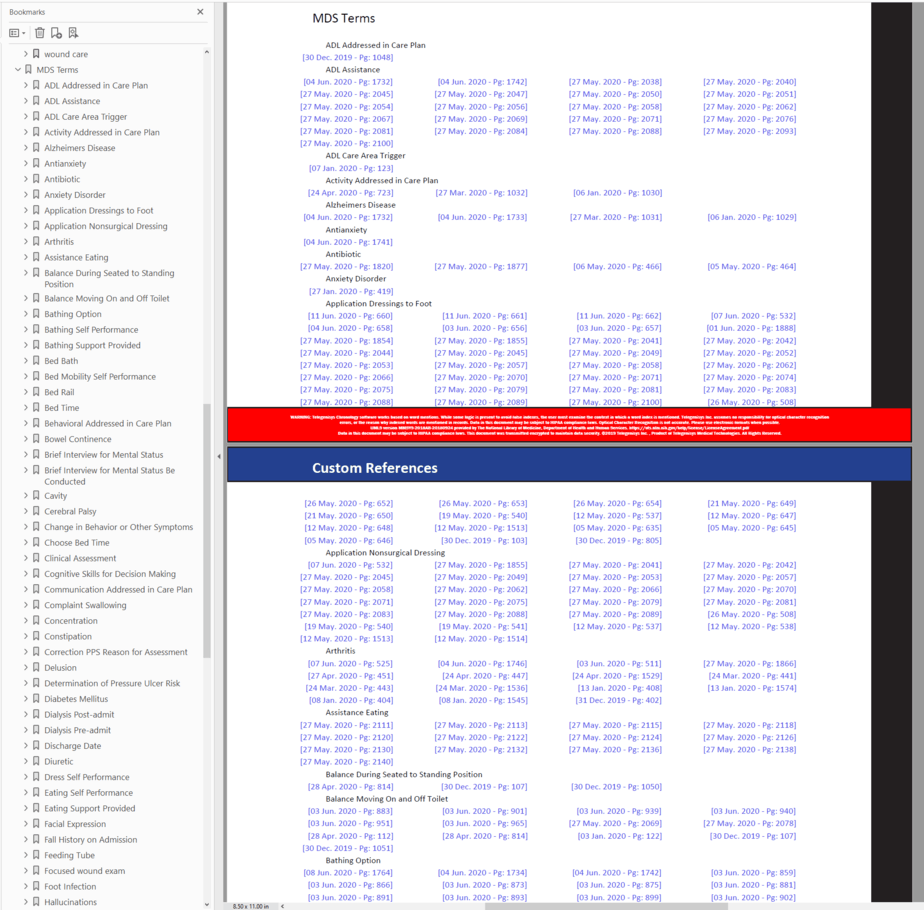
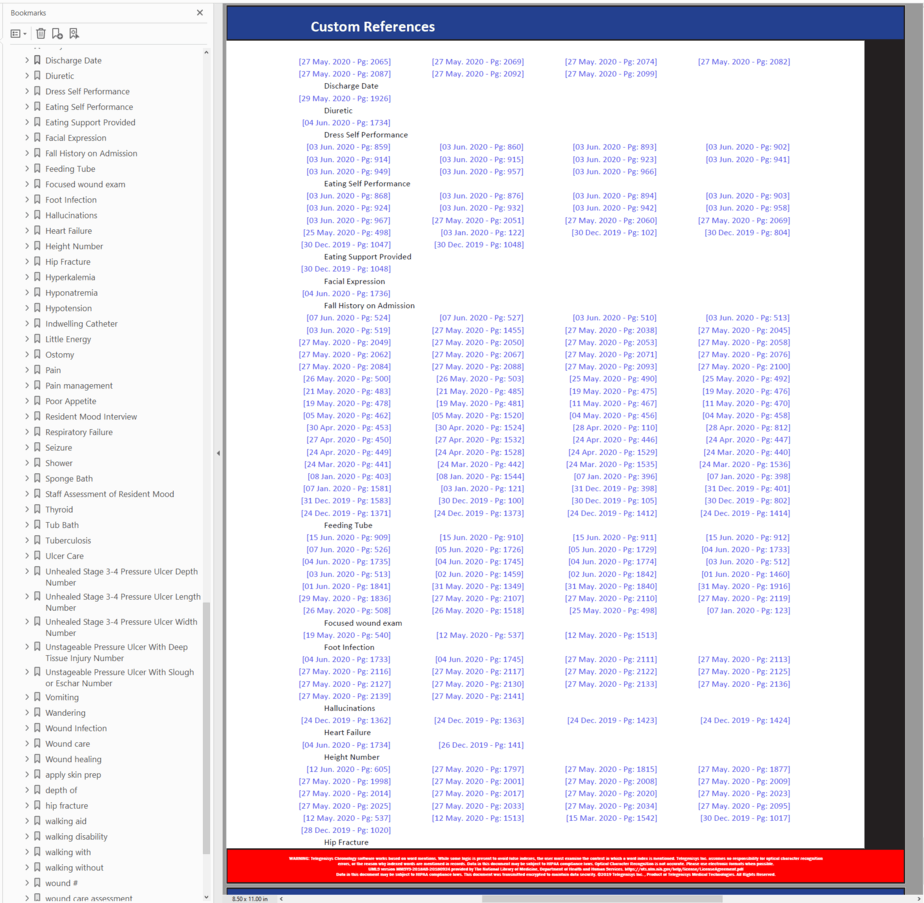
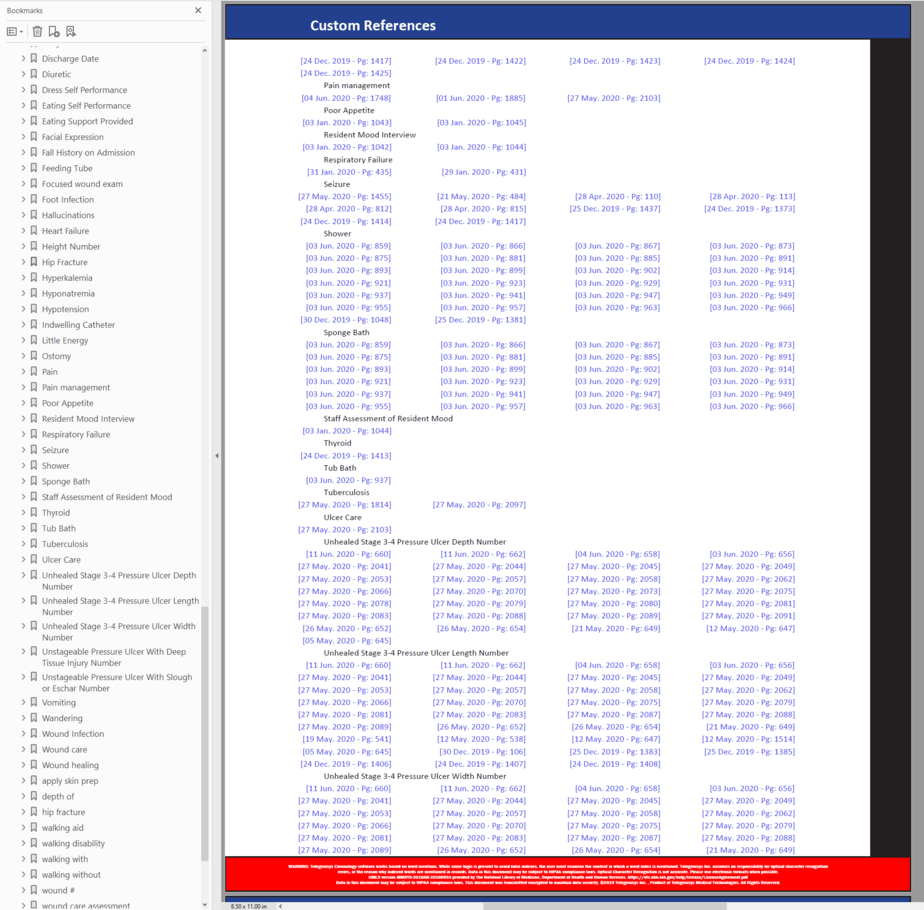
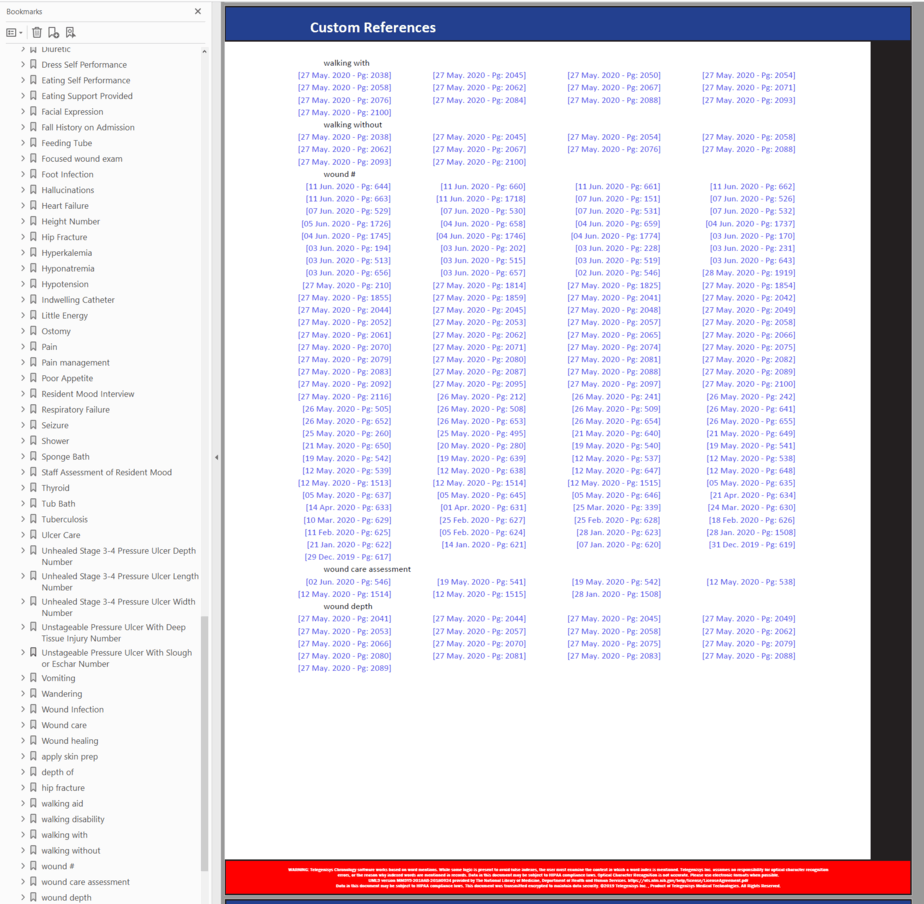
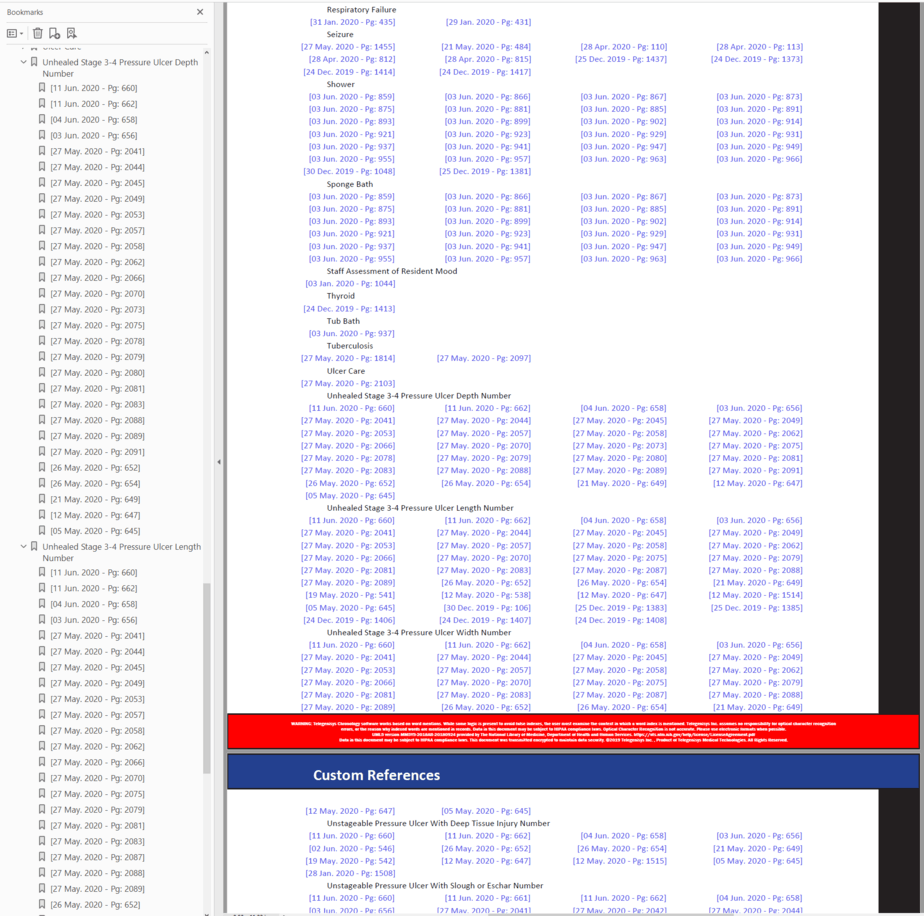
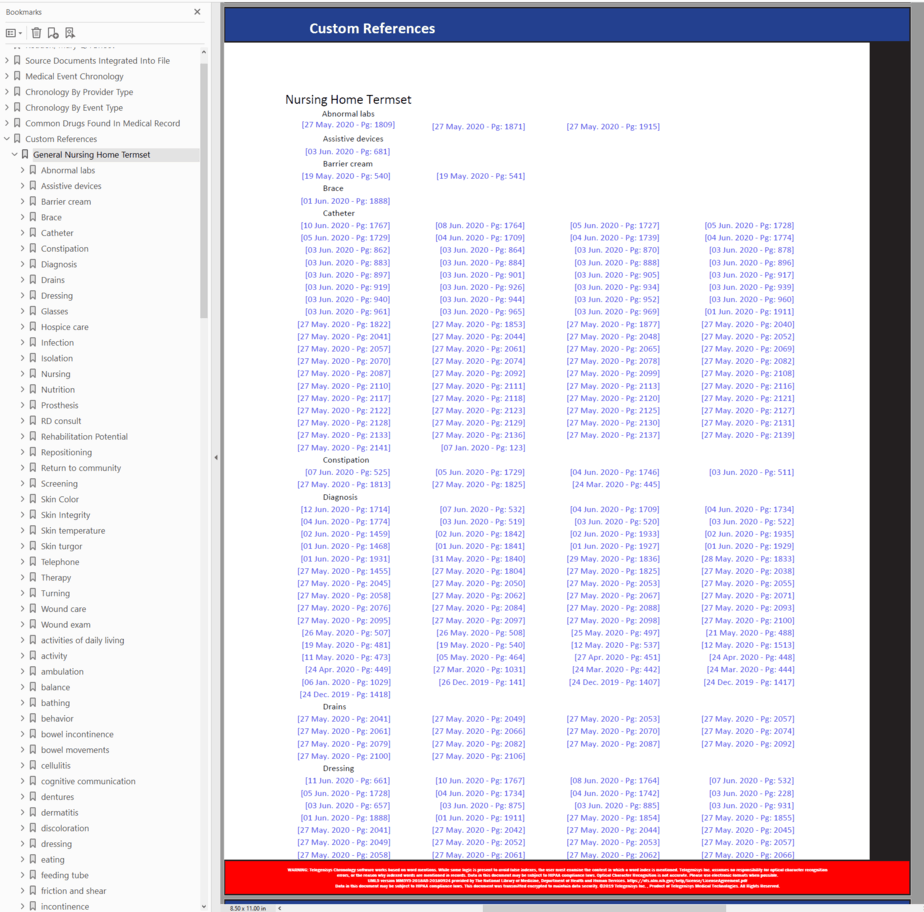
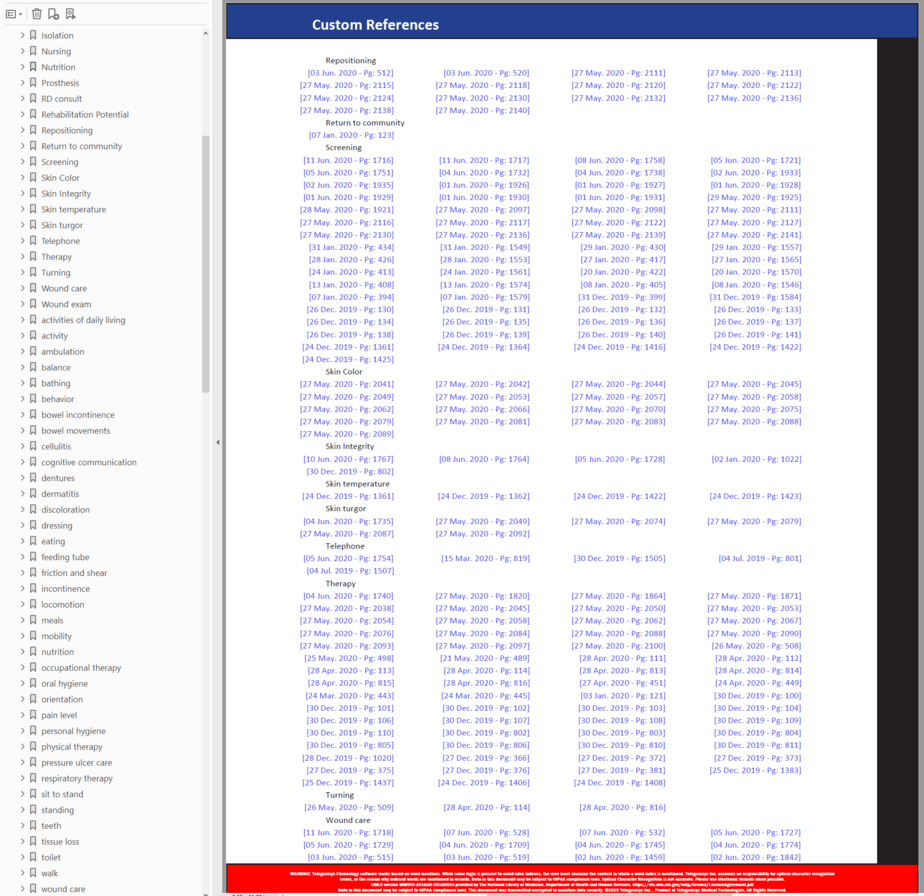
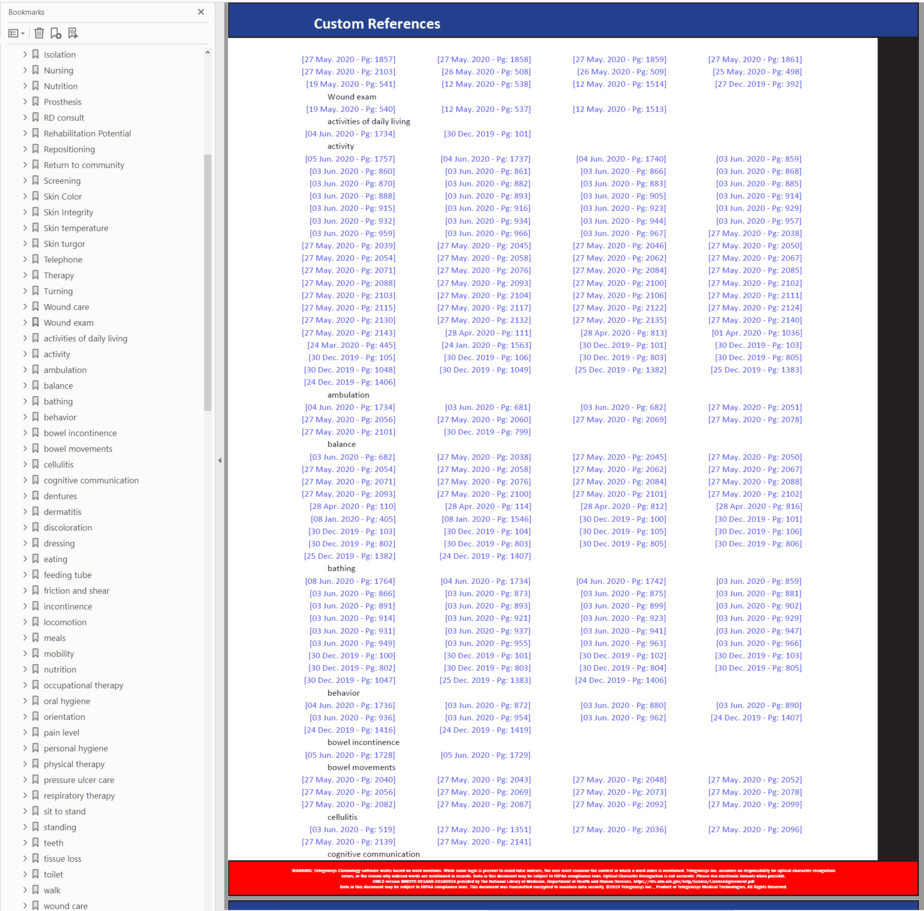

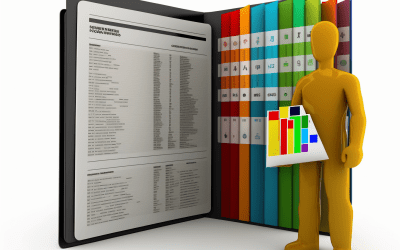
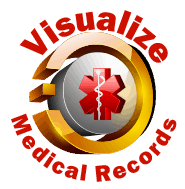








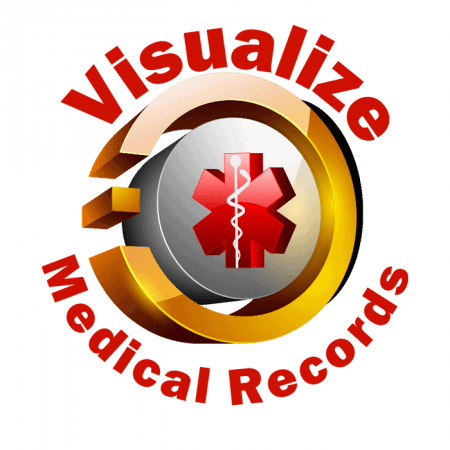
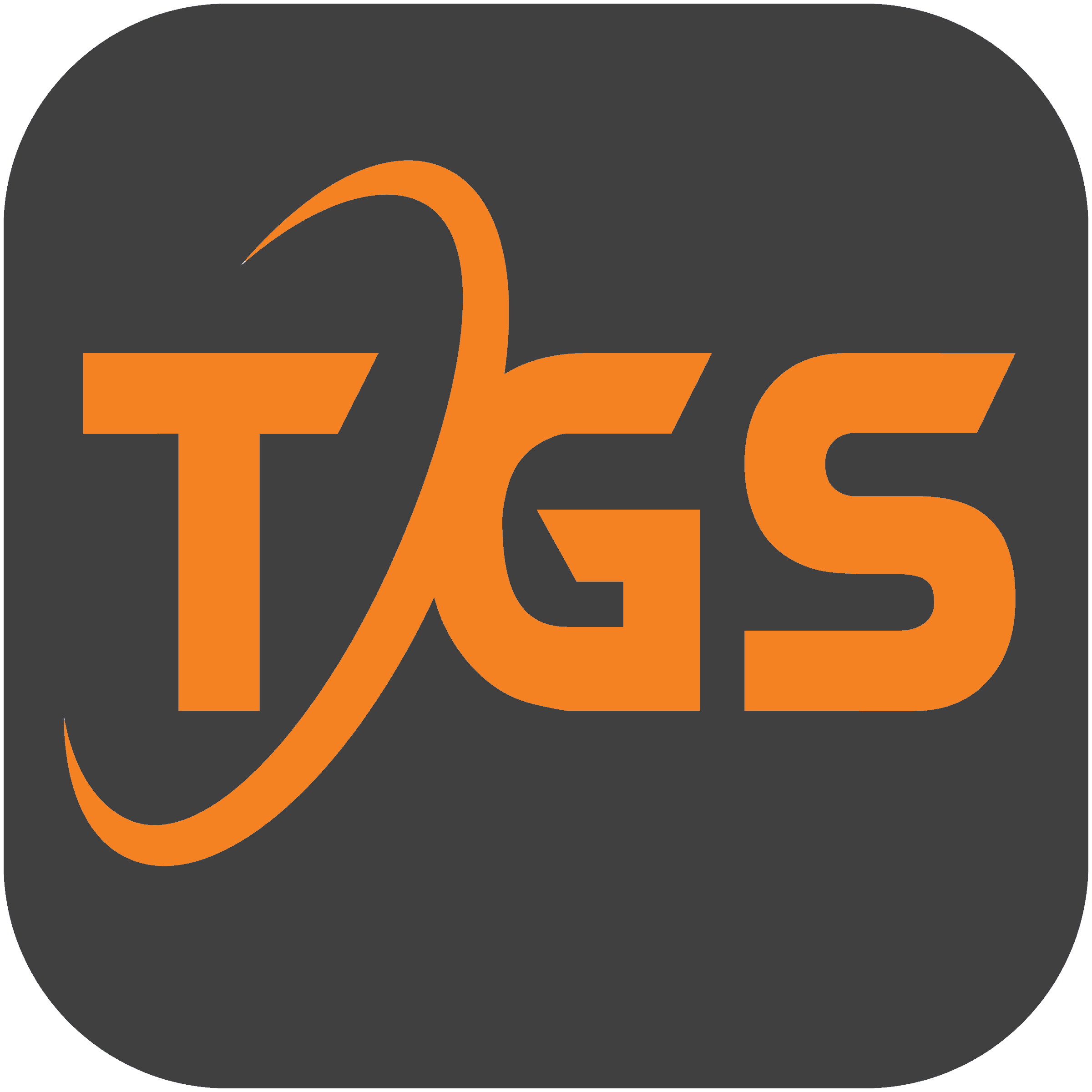
0 Comments